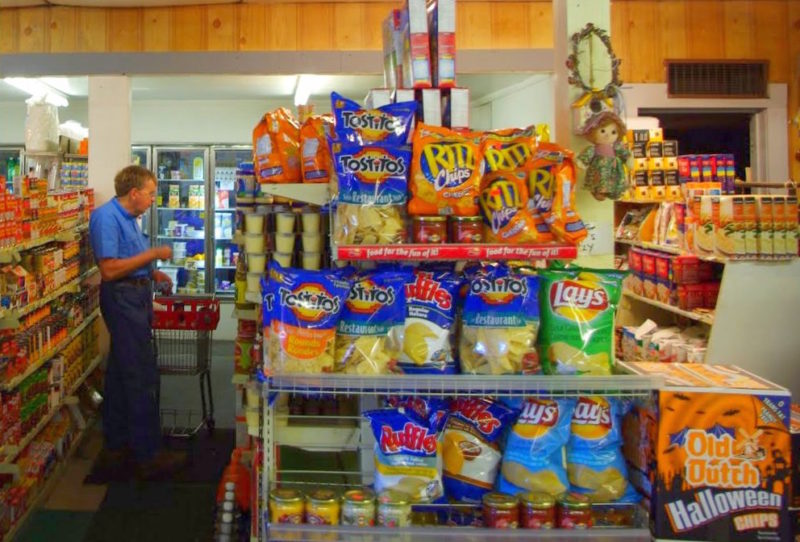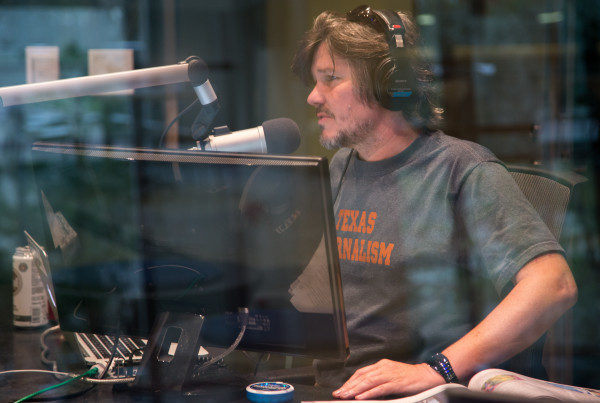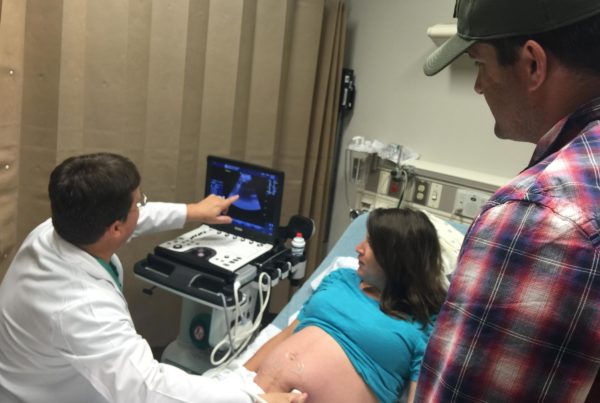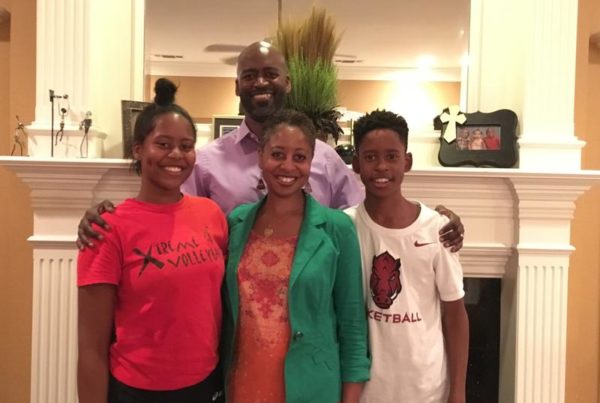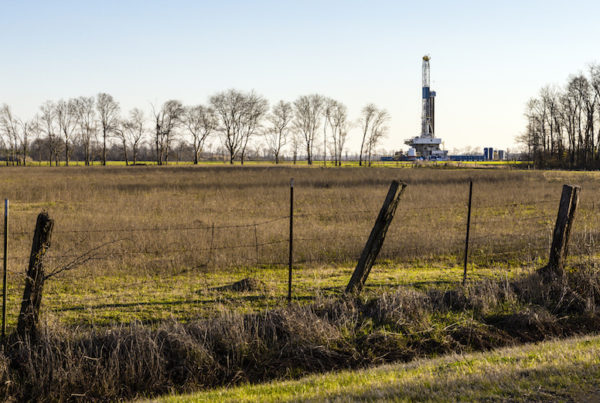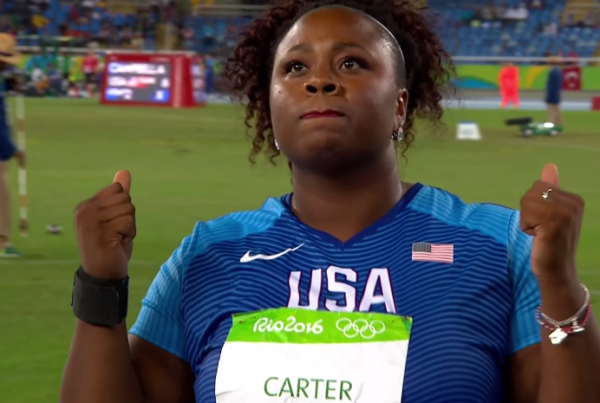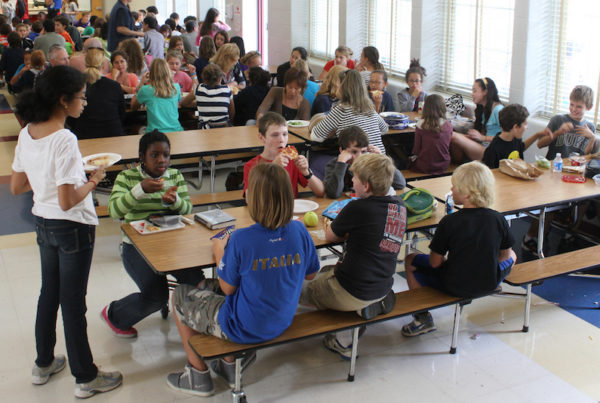Marla Torrado and Felipa Puente are taking a tour of a Texaco station in the Dove Springs community of Austin. The predominantly low-income neighborhood is a far cry from downtown’s flagship Whole Foods Market and the city’s most Instagrammed restaurants. Dove Springs is situated in the southeast part of the city. To social scientists it’s a well-known food desert. There are few restaurants – mostly fast food – and just one large grocery store on the neighborhood’s edge, that’s difficult to reach without a car.
But residents like Torrado and Puente are leading a movement to bring healthy food to every corner – or corner store. The store owner is showing them some of the healthier food items that need restocking: bags of brown rice, dried beans, and whole grain cereal.
Torrado is the local food retail organizer for the Healthy Corner Store Initiative. Go Austin Vamos Austin, or GAVA, is spearheading the effort – it’s a grassroots coalition of nonprofits and community members.
Torrado’s mission is to build relationships between the corner store owners and residents to make fresh foods accessible in this zip code.
“A lot of the residents don’t really have transportation to go to a bigger supermarket, so they would actually like to see healthy foods available at these corner stores,” Torrado says.
The Healthy Corner Store model began in Philadelphia. But there’s a big difference between the two programs: the Austin one is resident-led.
“We basically go and tell other neighbors, ‘Did you know that there’s healthy food in this corner store?’ and also asking them about what healthy products they would like to see there,” Torrado says. “In one specific store the store owner told us ‘Well let’s see what people wanna buy and what prices.’ So this is one of the things that we do – is tell people in the community and bring them onto this initiative of healthy foods and products.”
Felipa Puente is a mother and grandmother who calls the Dove Springs community home. She’s helping Torrado spread the message.
“It’s necessary that there are healthy foods in these types of stores, where people come to get gas,” Puente says in Spanish. “In the 78744 there’s a lot of obesity in children. But if we research, get together, discuss, and provide guidance to one another, I think that’s how we can make the change.”
In some nearby elementary schools the overweight and obesity rates are as high as 80 percent.
Many community members feel Austin has ignored this part of the city because it’s predominantly Latino and low-income. Even though this zip code is the second most populous in Austin, it’s the only one without a full-service grocery store.
Alba Sereno is also with GAVA. She says that even when a local nonprofit started a farmers market in the area, it was still too hard for most residents to get to. So they started looking into other options.
“We found that people reported serious barriers of transportation, serious barriers of the proximity of stores or non-proximity of stores in their areas,” Sereno says. “We played with a lot of strategies, thinking, if the nearest H-E-B takes two or three bus transfers, what else is around? We began looking at what was close to schools, what was close to apartment complexes and high-density areas in those zip codes, and we found that corner stores could be transformable assets for healthy food access.”
Ramesh Kalani owns one of the eight convenience stores in the Healthy Corner Store program. Over the last few months, he’s been selling some things you wouldn’t normally find at gas stations.
“It takes time,” Kalani says. “Customers are coming in and buying what they were buying before, but I want to sell the vegetables too.”
When a store decides to participate in the Healthy Corner Store Initiative, they’re asked to introduce just four healthy items. For that, they get a $100 grant to make up for any loss in revenue from the new items they purchased. They also receive signs, green baskets and marketing materials.
“As the program goes through the tiers, it gets a little more sophisticated – some stores even reaching a fuller renovation,” Sereno says.
One year after the program was launched in Dove Springs the University of Texas at Austin School of Public Health is trying to determine if it’s working. In the meantime, residents here in southeast Austin will try to improve access to healthy foods, one corner at a time.


